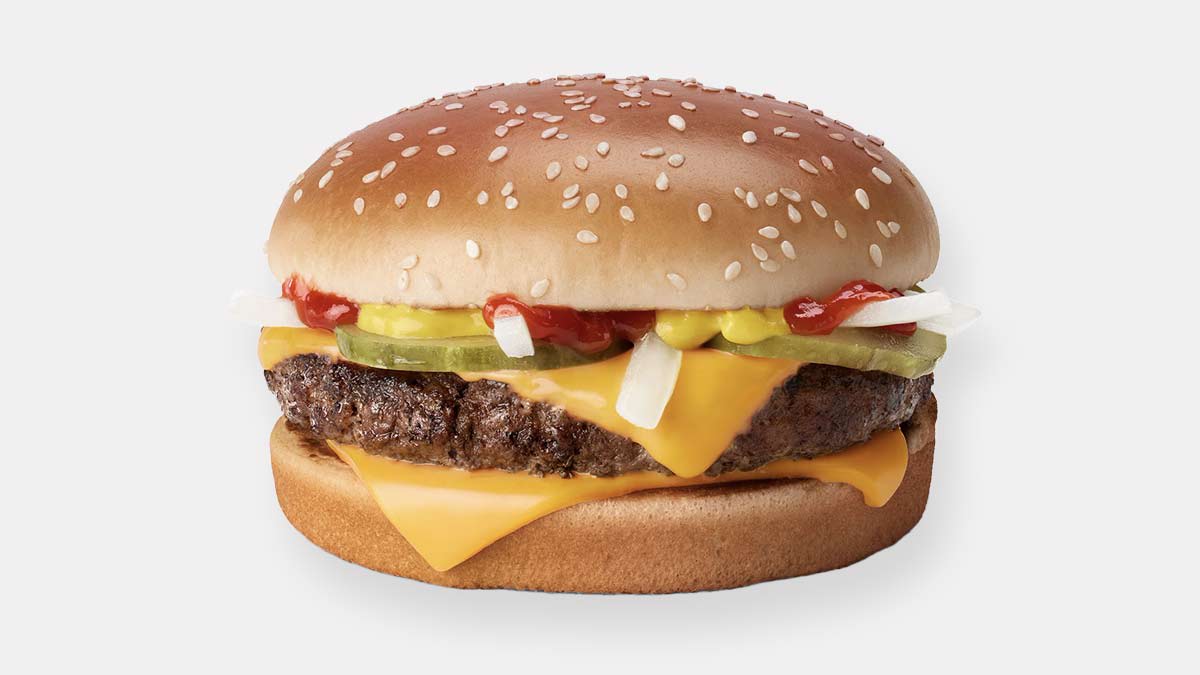Symptoms of E. coli usually appear three to four days after ingesting contaminated food, the CDC says. But they can show up anywhere between one to 10 days after. Common symptoms include vomiting, stomach cramps, fatigue, nausea, a low fever, and diarrhea.
About 97,000 people are infected with E. coli O157:H7 each year in the U.S, according to the CDC. That strain—which is implicated in the current outbreak—releases a toxin that can damage the intestinal lining, leading to bloody diarrhea and, in more severe cases, a life-threatening form of kidney failure known as hemolytic uremic syndrome (HUS). Signs of HUS after a bout of diarrhea include little or no urination, the loss of pink coloring in the cheeks and inside the lower eyelids, or unexplained bruising.
Children under the age of 5, adults 65 and older, and those with a weakened immune system are the most susceptible to infection, the agency says.
Most people will get better without any treatment other than rest and hydration. But the CDC warns people to avoid anti-diarrheal medication, which can slow their digestive system and prevent their bodies from getting rid of the toxin. Antibiotics are also not recommended because they won’t help treat the infection and could actually increase the risk of serious complications.
If your symptoms don’t get better after a week or so or they worsen, contact your healthcare provider. In severe cases, hospitalization may be needed to provide IV fluids, blood transfusions, or even kidney dialysis.
Because most people with E. coli don’t require hospitalization, “many, many more people may be sickened than what’s being reported,” Rogers says.
Source link
